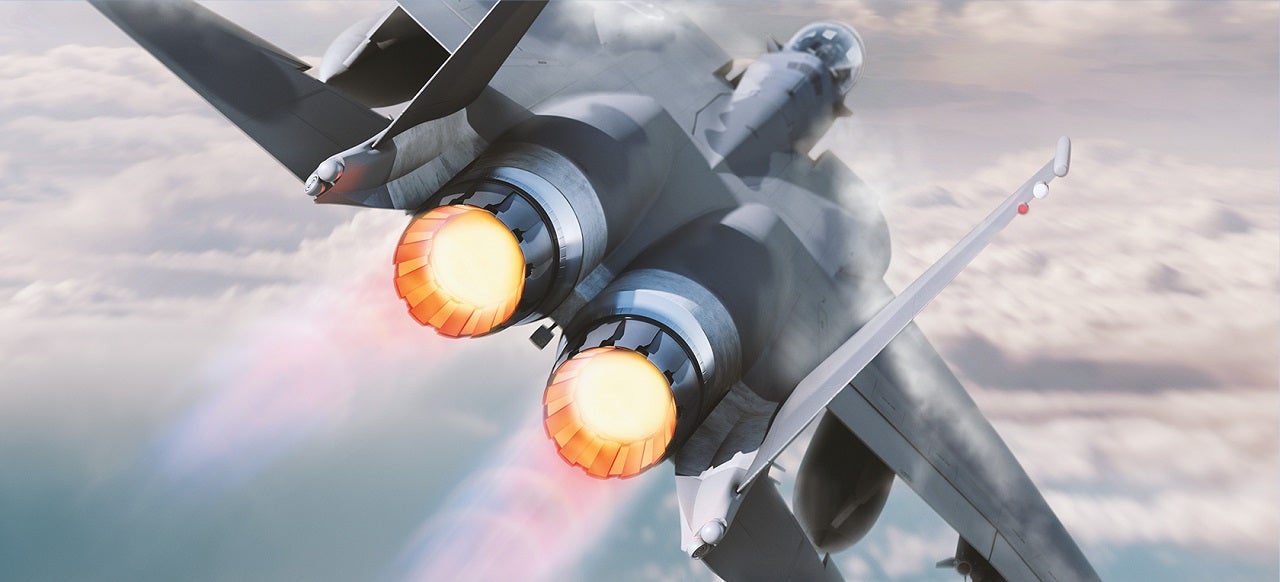
The US Air Force’s (USAF) initial plan was to award the work sole-source to General Electric (GE). However, as the result of a protest filing, aerospace manufacturer Pratt &Whitney, a Raytheon Technologies subsidiary, also participated in the bid.
After fierce competition, Ohio-based General Electric Edison Works won the contract to deliver 29 engines, including installation and spare parts for the USAF. Deliveries will begin in 2023.
The $1.57bn deal comes in support of the production of 12 F-15EX Eagle II aircraft. There are seven additional options in the contract for the procurement of a further 329 engines with the final delivery to take place in 2031.
The bid makes GE the single provider for the entire USAF Eagle II aircraft fleet. The F-15EX is the latest version of the twin-engine F-15 fighter. It features upgrades with fly-by-wire controls, digital cockpit displays, advanced avionics and BAE Systems electronic warfare technology the Eagle Passive/Active Warning and Survivability System.
GE spokesperson Cole Massie discusses the technological upgrades of the new engine and how the company managed to outbid other manufacturers.
Norbert Neumann: How will the new F-15EX Eagle II engines be better than the previous models and what are the improvements?
Cole Massie: The F110-GE-129E model has a number of improvements that have been introduced over the F110 engine family’s service life.
How well do you really know your competitors?
Access the most comprehensive Company Profiles on the market, powered by GlobalData. Save hours of research. Gain competitive edge.

Thank you!
Your download email will arrive shortly
Not ready to buy yet? Download a free sample
We are confident about the unique quality of our Company Profiles. However, we want you to make the most beneficial decision for your business, so we offer a free sample that you can download by submitting the below form
By GlobalDataThe 129E model incorporates improvements from GE’s Service Life Extension Programme (SLEP). SLEP hardware upgrades include highly successful 3D aerodynamic technology derived from the CFM56 commercial engine family – a 50-50 joint venture between GE Aviation and Safran Aircraft Engines – plus upgrades to the combustor and high-pressure turbine.
The enhancements can help provide up to a 25% improvement in cost per flight hour, a 50% increase in engine cycle life and a threefold increase in average time-on-wing.
What are the main challenges GE Edison Works faces when designing and producing the engines?
The original F110 was designed and fielded more than 30 years ago. Keeping an engine relevant for modern applications like the F-15EX is always a challenge, but it gave GE the opportunity to make steady improvements to the product over its service life.
GE has met the challenge through SLEP to get operators better performance and lower costs associated with their engines, including better cost-per-flight hour, longer engine life and better time-on-wing.
Although the engine has a long service life, the engines GE will deliver for this contract are the most advanced in the F110 family of engines. Our F110 production line is active today, and we’re ready to deliver with the help of GE supply chain sites and suppliers across 24 states in the US.
There was tough competition for the development of the new engines. Why do you think GE Edison Works succeeded?
In 2014, GE began investing resources and made a long-term commitment to become qualified on the advanced F-15 [engine programme]. GE has significant experience and expertise in aircraft integration, which it accomplished with Boeing through technology and software upgrades and enhancements in F110 performance and durability.
GE powers every single advanced F-15 flying today – this includes the F-15SA, F-15QA and now F-15EX. The work GE has done since 2014 to be the only engine maker certified, integrated and delivering engines for and advanced F-15s flying today made GE a low-risk option that could meet the USAF’s urgent and compelling requirement for the engine program.

How important is this project for GE?
This is certainly a major project for GE and will be a focus for our military business in the decades to come. We have a long history of supporting USAF fighter jet programmes, and the F-15EX represents an excellent opportunity to extend that relationship. We’re very proud to continue providing reliable F110 power for this jet.
To date, over 3,400 F110 engines have been delivered worldwide, accruing over ten and a half million engine-flight hours. The engine powers every new production F-15 ordered in the past decade, as well as nearly 70% of today’s most advanced USAF F-16C/D aircraft.








The 129E engine demonstrates 6,000 total accumulated cycle intervals averaging more than 750 hours time-on-wing between shop visits.